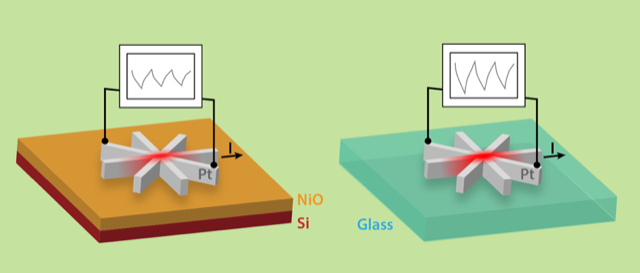H. D. Salinas, J. Restrepo, and Òscar Iglesias
Phys. Rev. B 101, 054419 (2020)
Magnetic configurations along the hysteresis loops for the different reversal modes displayed in Fig. 4 (left and right columns correspond to panels (a) and (c) of that figure). Upper panels represent the height profiles of the quantities ⟨θ⟩, ⟨mz⟩, and <mϕ⟩ averaged per layer for the tube (8,15) and γ= 0.035, whereas lower ones present snapshots of the spin configurations taken at points labeled in Fig. 4.
|







